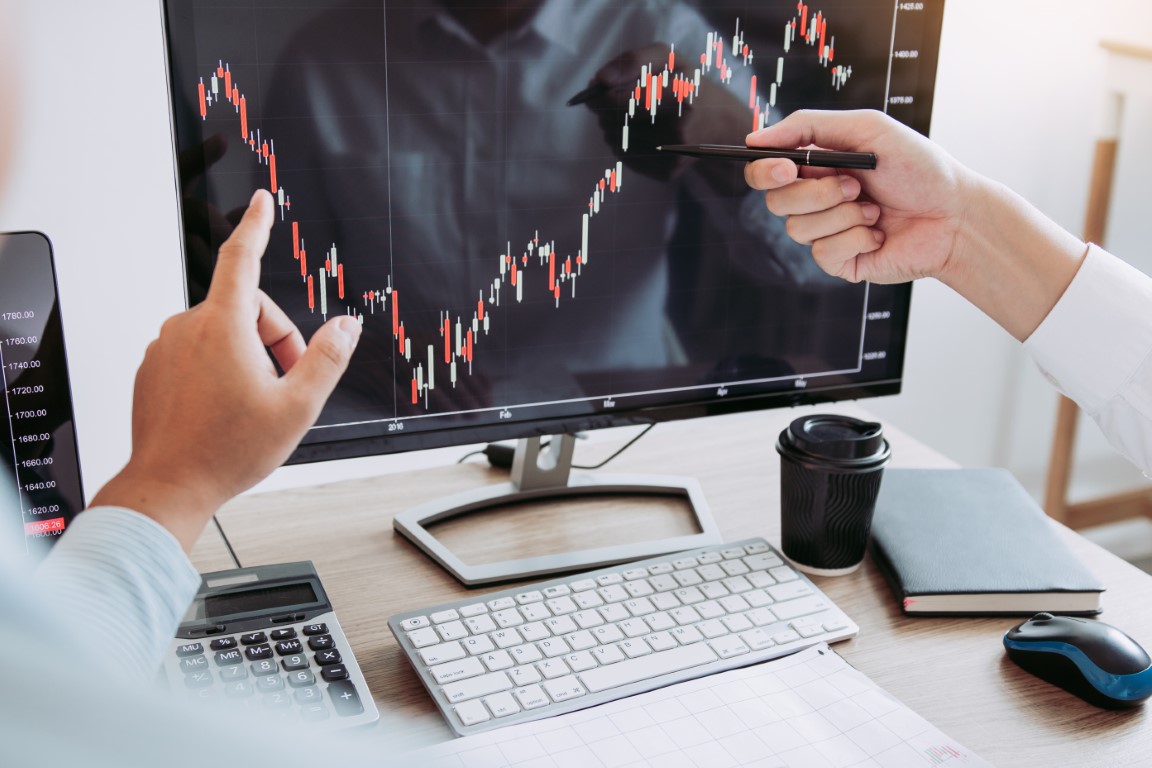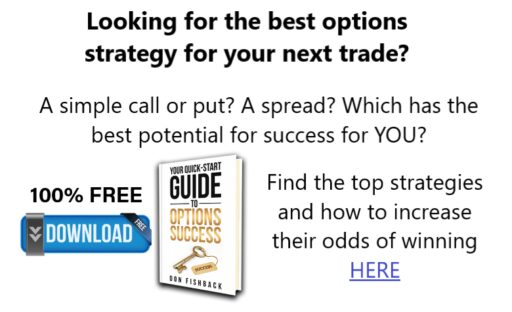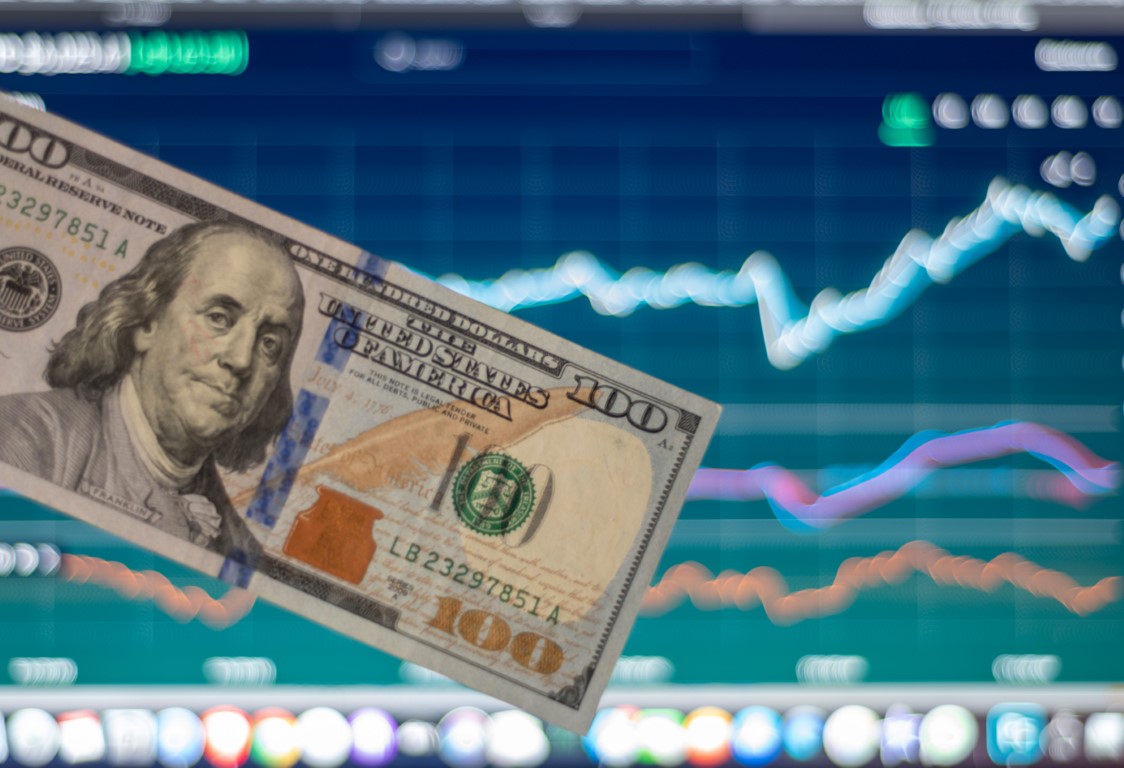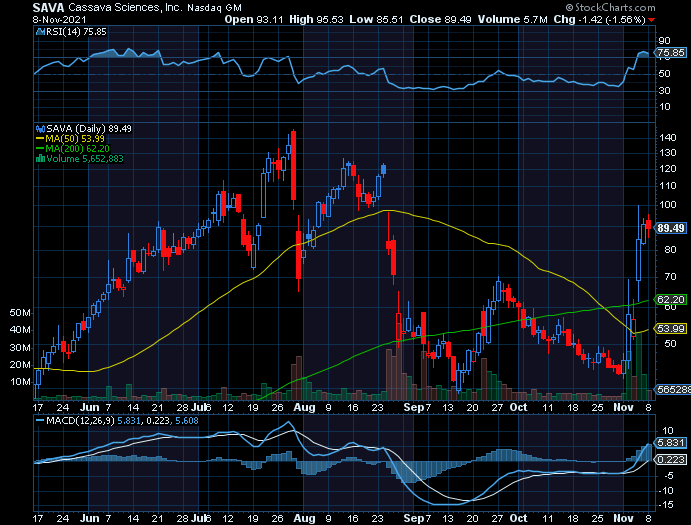Taking a big hit on a trade can really set you back on your financial goals. Fortunately, there are some simple steps you can follow to prevent that from happening. While just picking big winners sounds like the easy answer to that, we all know we have to be ready to react when the market moves in a way we didn’t expect.
One of the first things to look at is how much you put into each trade. This is often referred to as position sizing.
There are some highly referenced guidelines on what to risk. Many say 1-2% of your trading capital is the most you want to put into any one trade. Ultimately, you have to determine what you can afford to lose on that trade. The reason for the 1-2% is that it will allow for times of market uncertainty. If one trade goes in a different way than you expect and you are able to get out quick, it may not seem that significant. But the market is influenced by so many factors, even the best traders can have trades move in unexpected ways. Smart position sizing is just one of the tools you can use to protect yourself when other traders are getting beat up.
There are a couple key things to look at when you are determining your position size.
Current Market Volatility
If the market has been exceptionally wild, that would be a good factor to influence a smaller position in any trade you are placing. A simple way to get a sense of how volatile the market will be is to look at the VIX. The VIX is an index created by the Chicago Board Options Exchange that is calculated on the stock markets expectation of volatility based on S&P 500 index options. The key here is that is it reflects the markets “expectation”. The calculations used to determine the VIX are forward looking and show what the market thinks will be coming. On the chart below we can see the VIX skyrocket as we headed into the COVID Crash of 2020.

Even early in the crash, the VIX more than doubled. At the time it may have been hard to tell how crazy the markets were going to get but the VIX was a great indicator that things were going to get crazy.
Risk of The Current Trade
If you are looking at a trade on a stock or ETF that has been relatively stable, you have a good sense of that going in. If you are looking at something that has the potential to move a lot more explosively, then you probably expect some wild action when you place the trade. When looking at the risk of a current trade you can use those definitions as the extremes and determine where your trade falls on that spectrum. Grabbing GameStop in the middle of the meme stock madness is very different that taking a long position in SPY, the ETF that tracks the S&P.
Even using a very simplistic way of assigning some gauge of risk to a trade is better than nothing. When that risk is high, reduce the position size. When you feel the risk is lower, use your max position size in relation to your total investment capital.
Where To Get More Info
While a simplistic approach is better than not considering risk in determine the size of each trade at all, using a proven method for calculating the risk of each trade is worth looking at and implementing. Don Fishback is renowned for his work on calculating the probability of success and risk in a given trade. In his book Your Quick-Start Guide to Options Success he takes his years of research and experience and explains it in some of the simplest, easy to understand language I have read. Be sure to grab your copy for free here.
Keep learning and trade wisely,
John Boyer
Editor
Market Wealth Daily












Recent Comments